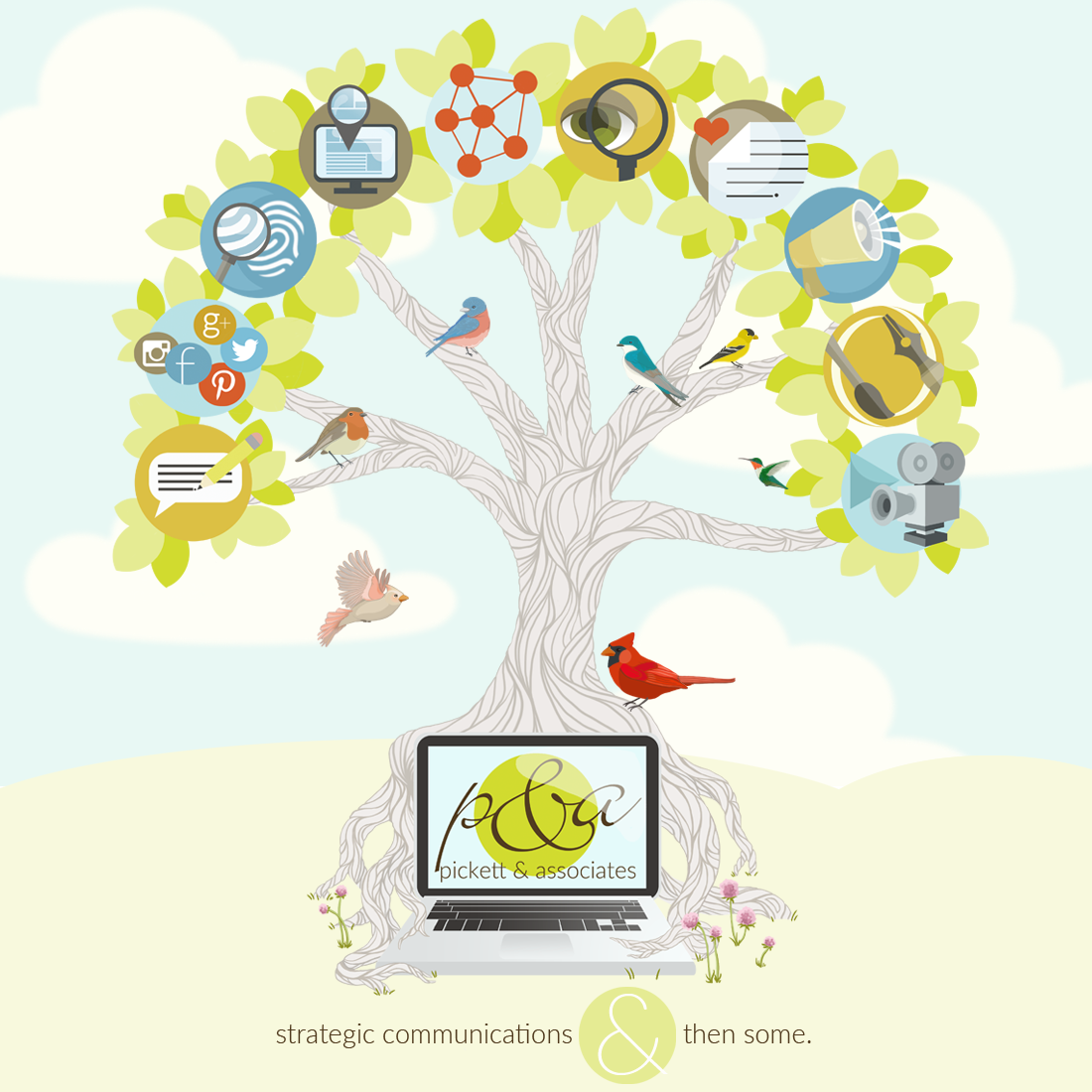If you consider social media an important part of your marketing strategy — and you should — then consider organizing your social media passwords so they are accessible regardless of the succession of account managers that inevitably occurs.
Document Social Media Accounts and Ownership
OMG. Who has the password?
Whose email account is your social media attached to?
Did you change the password and not tell us?
What’s a verification code?
This has been a (painful) recurrent discussion we have had with numerous clients recently. So much so that it inspired this blog!
We realize that social media came into high demand with businesses at a rapid pace, and many business owners and managers said, “Someone, please create a social media account and post something!” Clearly, that’s not a “best practice” approach … and it’s certainly not how we — or any social media management professional — roll. In 2018, social media is an important “cog” in the marketing wheel and should be approached in a mindful, strategic manner (read more about Pickett&Associate’s approach here). Fortunately, management has a much better understanding of that now.
So, when they hire a professional team to come in and assist in mapping out a social media strategy and take over the implementation, they expect clear sailing ahead. But the one clog in the cog? Whoever set up those social media accounts is long gone, and no one knows the password or, worse yet, the email attached to them. Therefore, when the professionals try to “reset” the password, it goes to an obsolete email account. And then a colossal run around in a social media dark hole begins. Eventually, it gets worked out, but not without wasting time, money and effort in the process.
So, the following is a checklist/tip sheet to avoid these clogs in the cog and a frustrated social media team:
- Use ONE email account that ANYONE in your organization can get to for ALL of the company’s social media accounts. We prefer a generic Gmail account like “YourCompanyName@gmail.com” or a vanilla company account like “sminfo@yourcompany.com.” When you set up this account, make sure the password is shared with management and lives in a document somewhere (NOT a sticky note on your desk that you spill coffee on and throw away three years later).
- Conversely, the cyber security professionals recommend using different passwords for different accounts. Hence the increased importance of documentation. (I know, you think you’ll remember, but … you won’t.)
- Keep a living, breathing document in Dropbox, Google Drive, wherever, of your social accounts, user names and passwords, and if you change a password (which you should do every three months or so for security purposes, especially if someone leaves the company who had access to said accounts) update that document immediately.
- It is best to let a professional with SEO skills set up GoogleMyBusiness; the account will need to be “verified.” It is best to sit side by side with the business owner/manager for this in that the company phone number is the one used to verify the account. The alternative Google offers is to send a postcard. Our experience is the postcard is inadvertently thrown away OR sits in a pile of mail for three weeks when it’s no longer valid.
- Work with your IT professional (if you have one) to ensure overall cyber security and avoid password reuse at all cost. Your IT person (or social media professional) may recommend a trusted password generator.
It’s never too late for a New Year’s Resolution when it comes to your social media passwords. You — or your next social media manager — will thank you!





 As a Central Indiana communications and marketing firm, we find ourselves listening to numerous entrepreneurs and organizations who want to solve their lead generation, sales and even awareness challenges. Admittedly, there are times when we are mesmerized by a clients’ cool offerings or amazing organizations. It’s easy to fall into the trap of spewing all the cool features, bells, whistles and innovative widgits that (wait for it) seamlessly provide a bullet-proof solution for the customer or client.
As a Central Indiana communications and marketing firm, we find ourselves listening to numerous entrepreneurs and organizations who want to solve their lead generation, sales and even awareness challenges. Admittedly, there are times when we are mesmerized by a clients’ cool offerings or amazing organizations. It’s easy to fall into the trap of spewing all the cool features, bells, whistles and innovative widgits that (wait for it) seamlessly provide a bullet-proof solution for the customer or client.





 by Clay Mabbitt, SitePotion
by Clay Mabbitt, SitePotion